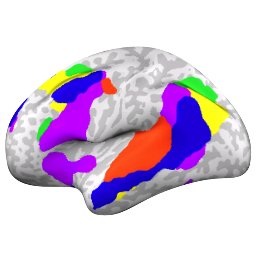
Hasson Lab
@HassonLab
Followers
4K
Following
170
Media
71
Statuses
238
The latest news from Uri Hasson's cognitive neuroscience research group at Princeton University
Princeton, NJ
Joined April 2016
How do different languages converge on a shared neural substrate for conceptual meaning? We’re excited to share our latest preprint that specifically addresses this question, led by @zaidzada_
1
11
39
RT @jay_neuro: Music is an incredibly powerful retrieval cue. What is the neural basis of music-evoked memory reactivation? And how does th….
0
10
0
We’re excited to share our unique ECoG dataset for natural language comprehension. The paper is now on Scientific Data ( and data is on OpenNeuro (. @zaidzada_ @samnastase
2
17
62













